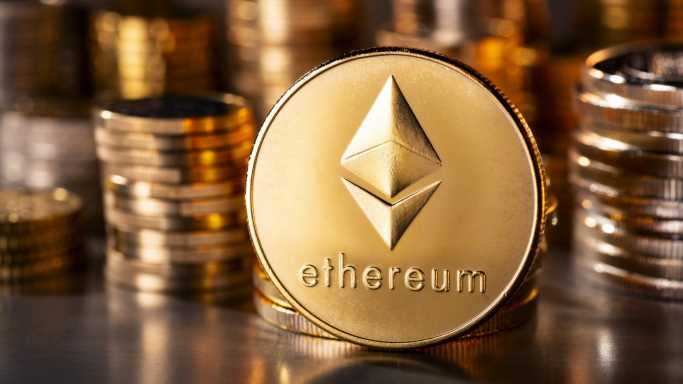The Ethereum supply has become deflationary as the net ETH issuance since the Merge has entered negative territory. This comes amid the recent developments around FTX that have triggered extreme market volatility, which, in turn, has led to more ETH being burned.
FTX Collapse Sparks Market Volatility
Sam Bankman-Fried’s cryptocurrency exchange FTX has been hit with an acute liquidity crunch after users rushed to withdraw billions of dollars from the platform amid growing uncertainty around its health. According to a recent Reuters report, users withdrew $6 billion from FTX in just 72 hours earlier this week.
The collapse of FTX, which was one of the world’s largest crypto exchanges, had a negative impact on the entire crypto market. Bitcoin dropped to as low as $15,682, a level not seen in two years, losing around 8% on the day. Ethereum, the second-largest cryptocurrency, also dropped to $1,083, down by around 4%.
However, some other coins that were somehow related to FTX were hit harder. In the first place, FTX’s native token FTT lost more than 85% of its value over the past week, dropping from its local high of $22 to as low as $2.5. Aside from FTT, no top crypto is taking it harder right now than Solana, which is down by over 40% in the past week.
ETH Turns Deflationary as Trading Volume Spikes
The market volatility led to a surge in trading, as users proceeded to move millions of dollars worth of crypto on-chain. On Wednesday, over 5,000 ETH was burned, the highest single-day tally since June, according to Etherscan. Furthermore, more than 13,000 ETH have been burned in the past three days alone.
The burning is related to the Ethereum Improvement Proposal (EIP)-1559, which was implemented in August last year. The EIP-1559 changed the way Ethereum calculates and processes network transaction fees, adding a mechanism to burn a portion of fees paid by users.
What made the burning more effective was the Merge upgrade, which put ether on the path to becoming a deflationary asset by replacing miners with validators as entities responsible for running the blockchain and causing a drastic reduction in the newly minted ETH.
An immediate impact of the Merge was the massive supply shock. Since Ethereum miners were not needed to secure the network following the upgrade, the network also didn’t have to print thousands of new tokens per day to incentivize them. Therefore, Ethereum issuance dropped by nearly 98% shortly after the Merge.
However, with the recent spike in the number of ETH burned, Ethereum issuance became negative. According to data from ultrasound.money, Ethereum’s annualized inflation rate currently stands at negative 0.029%. More specifically, Ethereum’s supply is down by more than 5,500 ETH since the Merge.
Meanwhile, the recent deflationary run has ostensibly positively impacted the ETH price. The second-largest cryptocurrency is currently trading at 1,270.7, up by 7.7% over the past day. Nevertheless, the coin is still down by more than 20% since the Merge.
This article originally appeared on The Tokenist
Sponsored: Tips for Investing
A financial advisor can help you understand the advantages and disadvantages of investment properties. Finding a qualified financial advisor doesn’t have to be hard. SmartAsset’s free tool matches you with up to three financial advisors who serve your area, and you can interview your advisor matches at no cost to decide which one is right for you. If you’re ready to find an advisor who can help you achieve your financial goals, get started now.
Investing in real estate can diversify your portfolio. But expanding your horizons may add additional costs. If you’re an investor looking to minimize expenses, consider checking out online brokerages. They often offer low investment fees, helping you maximize your profit.
Source: Read Full Article
